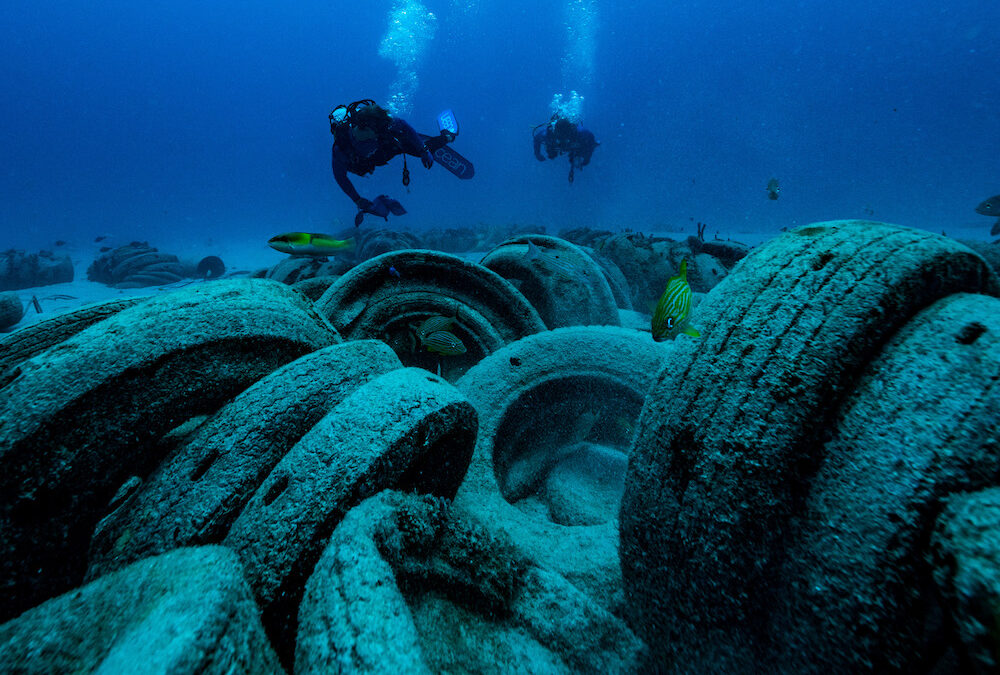
The House has approved a plan to get some momentum behind the effort to remove hundreds of thousands of tires from the ocean, while its companion bill cleared its final Senate committee this week.
“Members, by pressing the green button, it’s not if, but when, you’ll visit beautiful District 100 and get into our blue Atlantic Ocean off the coast of Fort Lauderdale in the years to come and enjoy our beautiful coral reefs, like the Osborne Reef, created by God or created by us,” Lighthouse Point Republican Rep. Chip LaMarca said regarding HB 641.
There was no debate on the House floor as the bill passed without a “no” vote.
Under the theory that it would be beneficial, instead of a catastrophe, a project went forward at Osborne Reef, dumping around 2 million tires, lashed together with ropes and secured with metal clips. Those ropes broke and clips gave out as storms and natural action of the sea took their toll.
Subsequently, the tires scattered, causing serious damage to nearby corals and marine habitat.
“Sounds like a big mess, but I’m glad we’re fixing it,” Senate President Pro Tempore Dennis Baxley, a Lady Lake Republican, said regarding SB 546 in the Senate Committee on Appropriations.
The state became involved in 2002, with work going in fits and starts over subsequent years. As of August 2016, some 207,000 tires were removed. This bill is meant to provide the momentum to finish the job.
“Tires as reefs were appealing for two reasons,” according to a House staff analysis. “First, during the 1960s and 1970s used tires were accumulating in landfills after restrictions on other disposal methods were imposed. Second, by grouping large numbers of tires together, it was thought that the openings would provide shelter for fish and other species.
“However, tires have a certain amount of buoyancy that causes them to move and break loose of their restraints, and their surfaces are more attractive to a limited range of algae rather than coral and other more beneficial reef organisms.”
The Department of Environmental Protection (DEP) would have to submit a report to the Legislature detailing the condition of the remaining Osborne Reef structure, any steps taken toward restoration, the number of tires retrieved, the number of tires remaining underwater, and the estimated timeline for the project’s completion.
“Those reefs are critical, certainly, when you have a storm come, those reefs provide a barrier for the municipalities and the residents in that area,” Hialeah Gardens Republican Sen. Bryan Ávila said.
DEP would also need a comprehensive restoration plan developed by July 2024. Department staff estimate in-water assessments for the restoration plan will take six to nine months and cost around $500,000.



